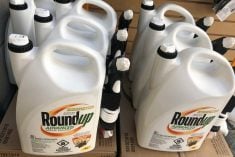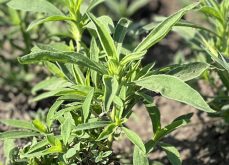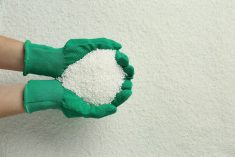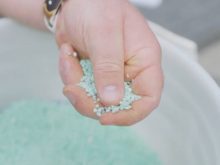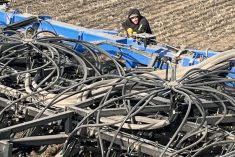Using DNA technology, researchers are finding that microbial diversity in the sea is huge, said Dr. Marcia Monreal, soil microbiology scientist with Agriculture and Agri-Food Canada. “But (their results) suggest the diversity in the soil is much larger.”
Monreal explained that there is a food chain in the soil that includes bacteria plus other creatures such as fungi, nematodes and micro arthropods.
“It’s a very dynamic system,” said Monreal.
Plant roots discharge substances such as sugar, acid, polysaccharides and enzymes. Different plants release different materials into the soil, Monreal explained. These substances boost some populations over others.
Read Also
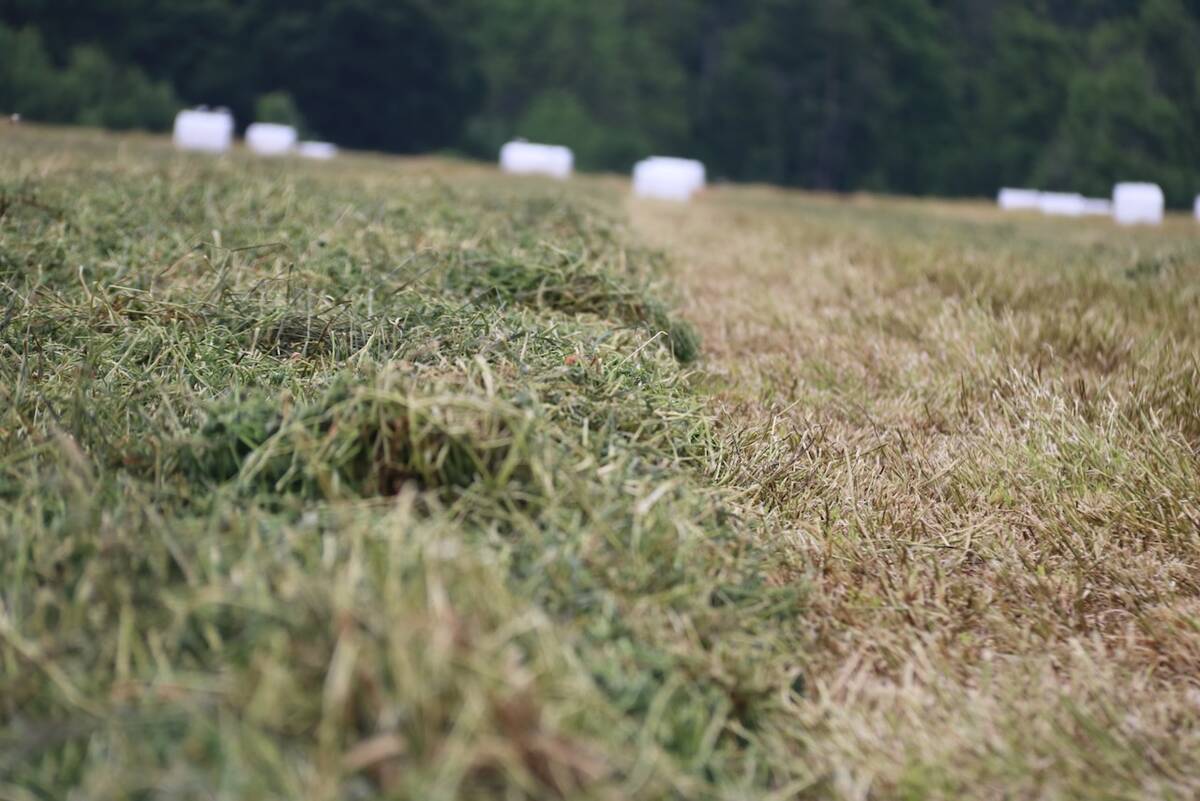
New high-performance forage training program to launch in 2026
A new Canadian Forage and Grasslands Asssociation high-performance forage program will be a resource for farmers, agronomists and others in the forage sector.
“But that doesn’t mean the other populations aren’t there. They just go dormant.” Monreal said some fungal spores, for example, can be dormant for 50 years before germinating.
The plant root itself also affects soil ecosystems. “For example, legumes (roots) are soft and mushy and others have far more fibre. So with fibre you would be stimulating a different type of microbe, like fungi that could produce cellulose.”
U.K. Research
Recent research out of the United Kingdom gives us a glimpse into the soil ecosystem, and how agronomic practices affect it.
Scientists with the John Innes Centre sampled soil from a Norfolk-area field. They then planted wheat, oats and peas in the field and took more samples after four weeks.
“The soil around the roots was similar before and after growing wheat, but peas and oats reset the diversity of microbes,” said Dr. Philip Poole, in a media release from the John Innes Centre.
The soil in the area where wheat was grown mostly contained bacteria. Oats and peas grown in the same area bumped up protozoa and nematode worm numbers. Peas grown alone increased fungi.
Researchers also seeded an oat variety that doesn’t produce normal levels of avenacin, which protects roots from fungus. They thought there would be more fungi in the soil samples as a result. But the soil included a more diverse population of protozoa and other eukaryotes. Eukaryotes include plants, animals and fungi.
Researchers at the John Innes Centre are also looking at how to develop cereals that form a relationship with the same bacteria that allow peas to fix nitrogen.
“Small changes in plant genotype can have complex and unexpected effects on soil microbes surrounding the roots,” said Poole.
Monreal and her colleagues have studied the effect of crop rotation on soil dwellers such as mycorrhiza and bacteria. By soil sampling a few centimeters from the roots, they have found microbial populations responding differently to crop rotations.
But Monreal said they haven’t seen clear results in how crop rotations affect specific soil species, with the exception of mycorrhizae.
From the Manitoba Co-operator website: Four Rs keep the regulators at bay, MSSS hears
Mycorrhizal fungus grafts onto flax roots and scavenges nutrients and water for the plant. Plants such as canola and mustard don’t host mycorrhizae, and so planting flax the following year cuts the flax’s ability to take in nutrients. But preceding flax with a mycorrhiza host, such as wheat, barley or a legume, ensures there’s plenty of mycorrhiza for the flax to work with.
Monreal said based on her experience, a crop can affect the soil ecosystem even after one year of a rotation. A consistent rotation may yield more long-term changes that are slow to happen, as microbe populations change with time.
One population will benefit and grow very quickly on its favourite substrate, but then it decays, Monreal explained. “And then another one takes the opportunity, and the other takes the opportunity, and you end up with a very different population.”
Because soils are complex ecosystems, studying one species in isolation is ineffective. For example, one year Monreal expected to see more mycorrhizal activity in a zero tillage field. But rain created the perfect conditions for mites and other soil creatures that feed on mycorrhizae spores, reining in mycorrhiza numbers.
Farmers need to know how crop rotations and other management practices, such as tillage and fertilizer application, affect soil populations, Monreal said.
“There are many management techniques. For example, in flax you may not need to apply phosphorus if previous crop was properly fertilized.” If micorrhizal fungi are present, they will rummage through the soil for phosphate. There seems to be little benefit to applying phosphorus fertilizer to flax unless soil is deficient.
The soil ecosystem was a research focus in the 1980s and 1990s, Monreal said. “There was a lot of work done and people were trying to explain these things in a very rational, careful way.”
Monreal said the John Innes Centre research is important and comments the scientists are on the right track. “Diversity in the soil could provide a lot of answers.”
But Monreal said researchers are just scratching the surface in terms of understanding the soil ecosystem and its population dynamics. What’s needed next is for researchers to not only look at the details but also the broad picture, Monreal added.
“It’s a very complex, interesting world. We haven’t been able to tackle it (just yet).”



